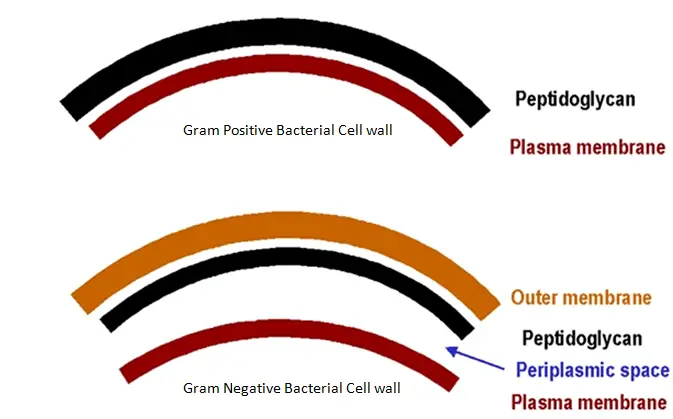
meningitis, inflammation of the lining that surrounds the brain and spinal cord.gastroenteritis, inflammation of the gastrointestinal tract that can cause vomiting and diarrhea.pulmonary infections: such as pneumonia.prosthetic device infections, a complication that can happen after joint replacement surgeries.septic arthritis, a type of join infection.osteomyelitis, an infection that causes pain in the legs.
#Gram positive vs gram negative cluster skin
skin and soft tissue infections, such as impetigo, folliculitis, and cellulitis.infective endocarditis, an infection that happens when bacteria enter the bloodstream and settles in the lining of the heart, a blood vessel, or a heart valve.If it enters the internal tissues or bloodstream, it may cause a variety of potentially serious infections.

Staphylococcus aureus does not normally cause infection on healthy skin. There are a number of different types of Gram-positive bacteria. Toxins: If something disturbs the cell wall of Gram-negative bacteria, they can release endotoxins.Shape: They can be spherical-, rod-, or spiral-shaped.Cell wall: These bacteria also have a thinner peptidoglycan cell wall than Gram-positive bacteria, which sits between their two membranes.Membrane: Gram-negative bacteria have two membranes - one external and one internal.Gram-negative bacteria have the following characteristics:

Toxins present in Gram-positive bacteria include:

(credit a, b: modification of work by American Society for Microbiology) pyogenes on blood agar shows characteristic lysis of red blood cells, indicated by the halo of clearing around colonies. \): (a) A gram-stained specimen of Streptococcus pyogenes shows the chains of cocci characteristic of this organism’s morphology.


 0 kommentar(er)
0 kommentar(er)
